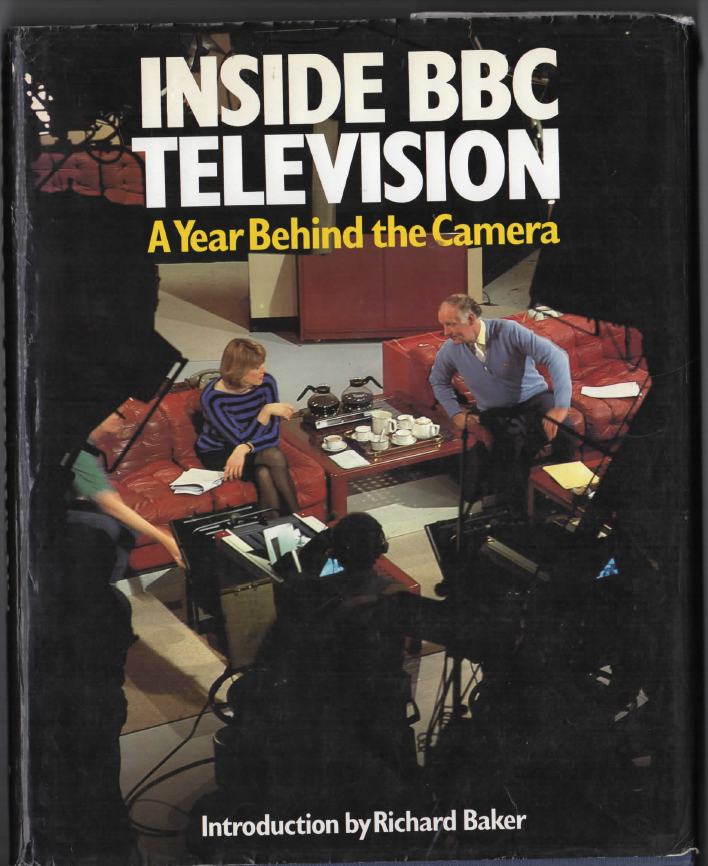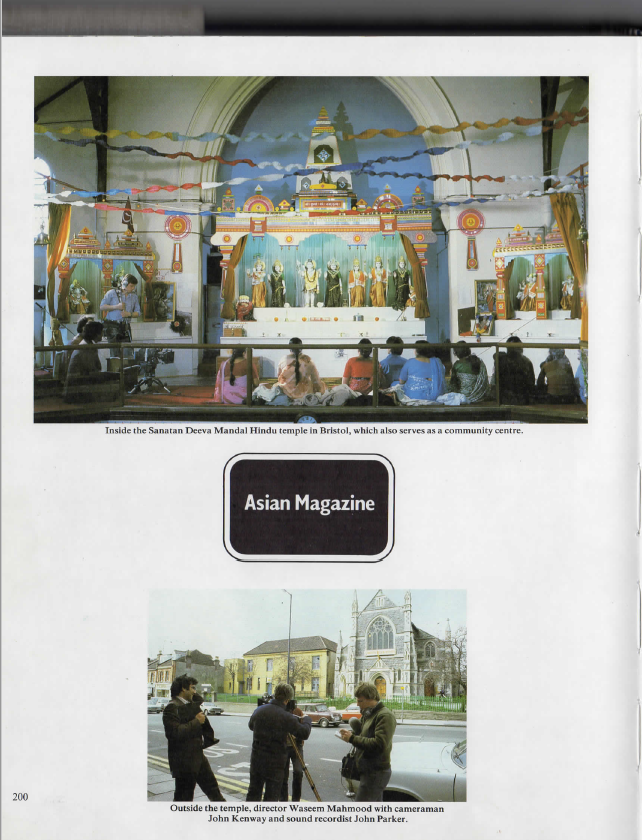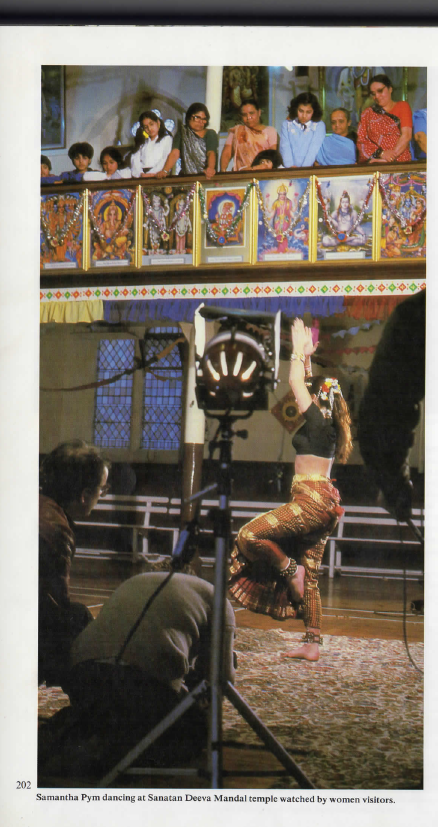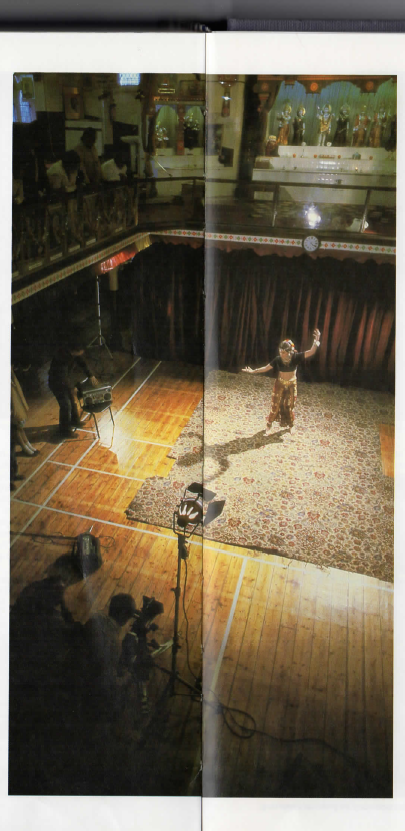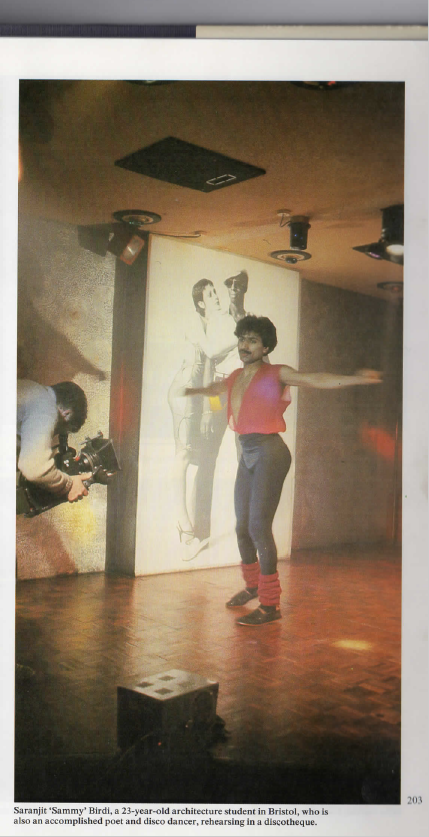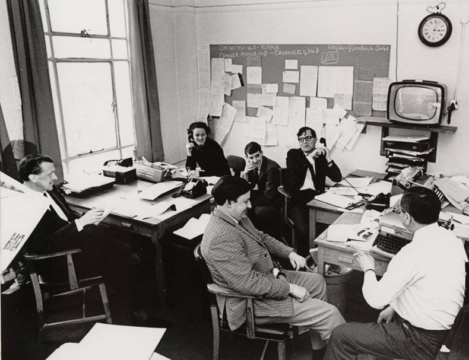
Copyright resides with the original holders, no reproduction without permission

These photographs pre-date Pebble Mill. They show the studio and newsroom when the BBC regional news operation was in Broad Street, Birmingham.
Included in the top photo are: L to R – Cyril Wilkinson, Gwen Smith, Jock Gallgaher on the phone, ?, but on the extreme right with back to camera is Barney Bamford (I think). It is taken in the newsroom at Broad Street. (Thanks to Gillian Thompson for identifying almost everyone!)
It’s interesting to see the caption card with the Midlands Today title on the stand, and the monitor with ‘Nottingham’ on.
Thanks to Stuart Gandy for sharing the photographs, which were originally posted on the Pebble Mill Engineers’ Facebook group.
The following comments were left on the Pebble Mill Facebook page:
Steve Saunderson: ‘There was little studio in Derby Road, Nottingham above the Jaegar shop. I first worked for a crew that was based there. It had 2 black and white cameras which Terry used to operate remotely in a tiny studio which Les Dawson described as a “technological broom cupboard” when he came in to do an interview down the line to Pebble Mill. They later moved into the bigger “sound” studio and I think actually went to colour and then into their present home.’
Peter Greenhalgh: ‘I moved to the Nottm studio in 83 as an engineer, not long after Terry left. It was colour by then (EMI 2001 cameras). The next move was to York House in 1989 think. That was where Radio Nottingham was and has now been demolished. We are currently in the London Road studios, which opened for radio and TV in 1999.’
Colin Pierpoint: ‘Nottingham television studio was in Black and White at the Broad Street time. I don’t remember if it was an outside source to BM or did a separate opt out, but I do remember at that time I saw a fault on the Notts insert, so I rang the control line to query it and heard a “Tingaling” on the sound off air! The telephone communication was to a field telephone on the studio floor with no ringing mute on TX. The change to colour was while I was at Pebble Mill, so between 1970 and 1980. Malcolm and I were sent to Bardon Hill with a standby generator in case the mains failed.’
Malcolm Hickman: ‘The mains was OK, but the standby generator failed.’
Save
Save





